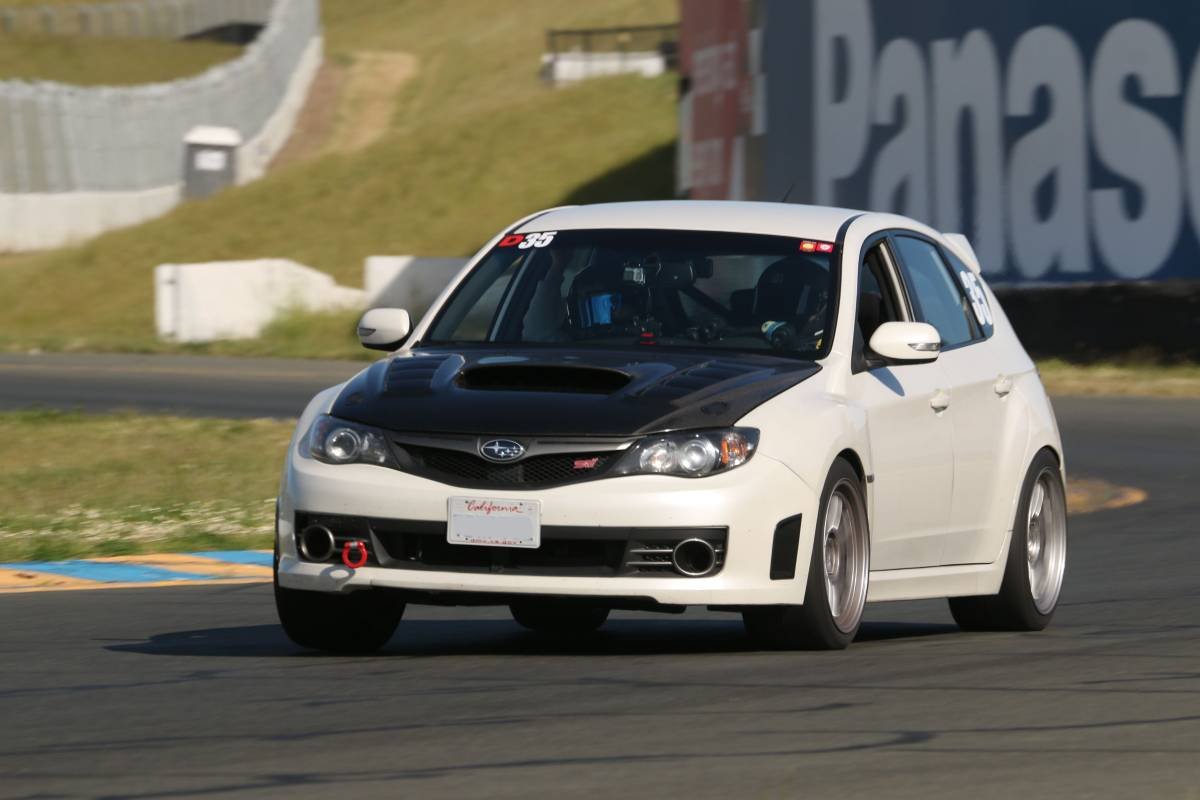
SpeedSF Blog
Every Build Has a Story – Meet the Cars of SpeedSF

Miles’ BRZ: Holistic Approach
Fueled by a desire to rise above middling, Miles Kodama bought his BRZ, enrolled in the 86 Challenge, and did everything in his power — including a serious diet and exercise regimen — to become series champion.

Justin's Moore's Mustang GT: Practicality Pays Dividends
After a long, challenging relationship with a peanut-eye STI, Justin Moore decided to get in a more reliable car and take advantage of the great lapping days available to him. This ‘11 Mustang GT needed some work to get it into the S3 title contender it is now, but it hasn’t given him any reason to stay out of the seat.

Rich Bonem's BRZ-Camaro Dilemma: Speed Costs Money
After a challenging, fruitful foray into time trials with his BRZ, Rich started to crave a little more. He decided to buy himself a Camaro SS, and though fast and thrilling, he found it had one major flaw.

Simon's STI Wagon: Many Mods Spoil The Subaru
The temperamental EJ257 has taught Simon quite a lot about to the lengths one should go when building a track car. As he’s learned through five engines and a lot of trial and error, the third-generation wagon’s best asset is not its motor.

Ed Susman's 718 Cayman: Proving the Four-Cylinder's Potential
After years of tuning flat-fours in Subarus, Ed Susman realized he might have a new audience if he learned to tune the new Porsche Cayman with that engine configuration. As he learned, it didn’t take much to make this 2.5-liter engine seriously powerful.

Kevin Schweigert's GR86: Back to Basics
After several unfulfilling years spent chasing big power, Kevin’s realized that the quality he most appreciates in a sports car is its incisiveness and communication. After a return to a simple, agile GR86, he found that thrill that got him obsessed with trackday driving in the first place.
